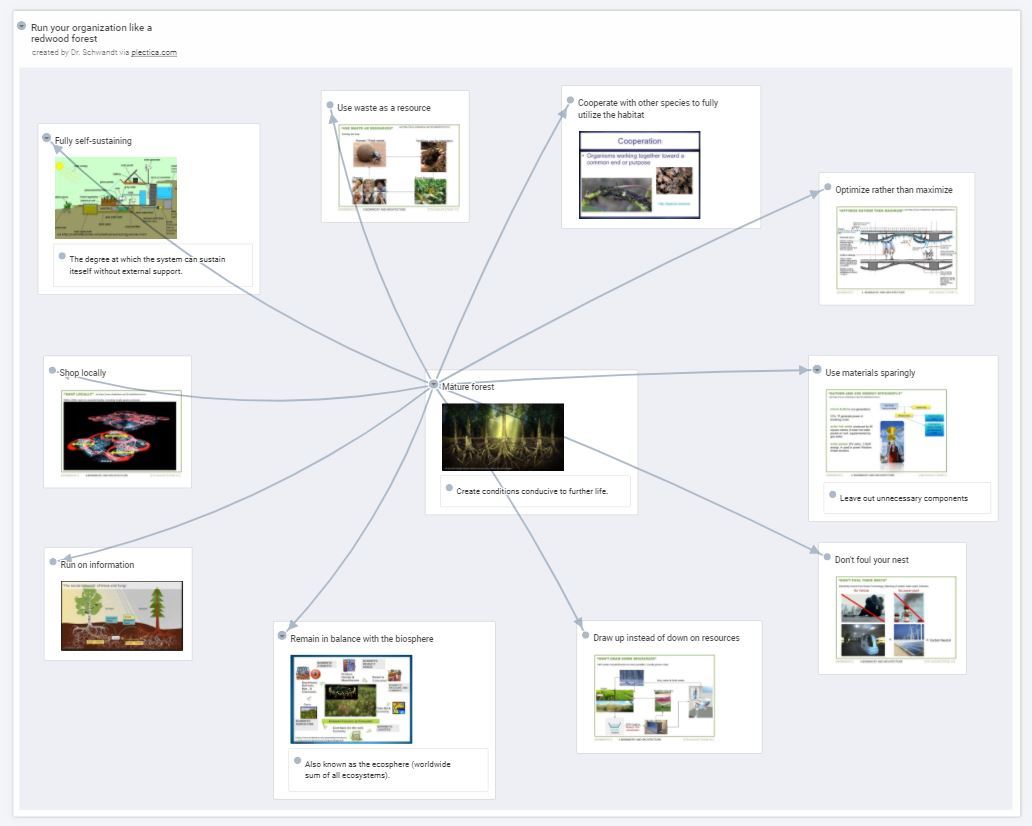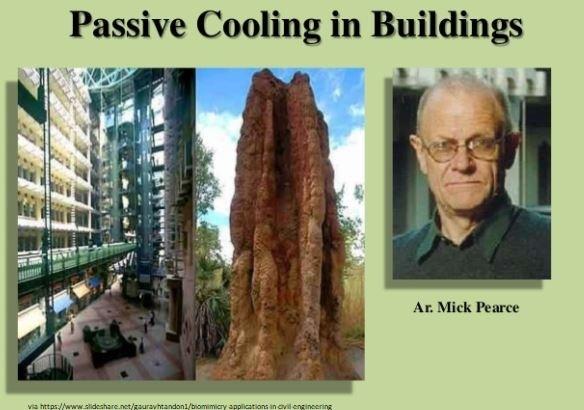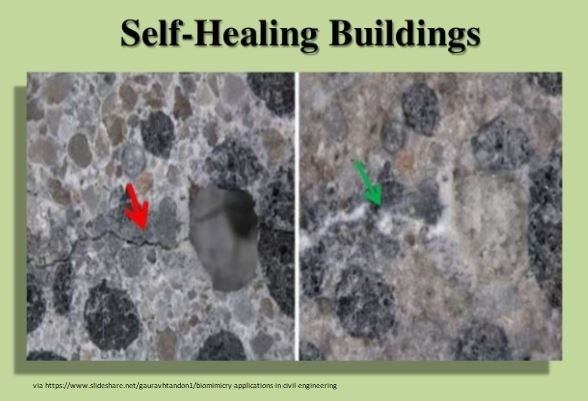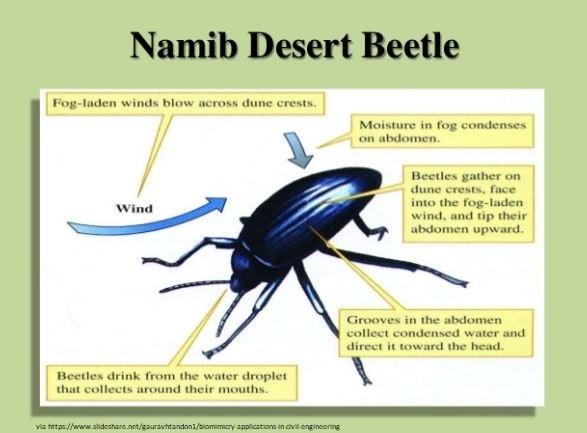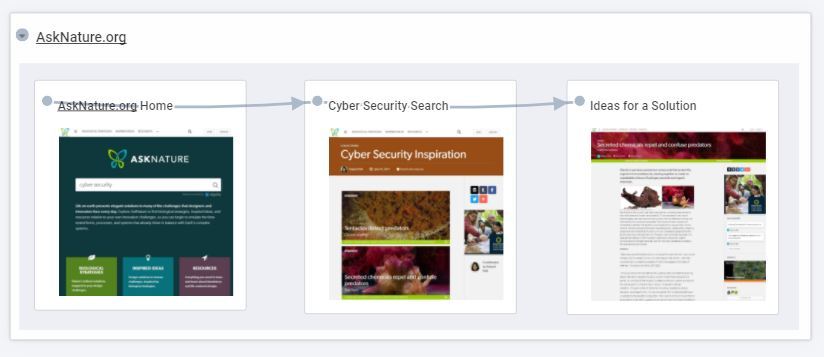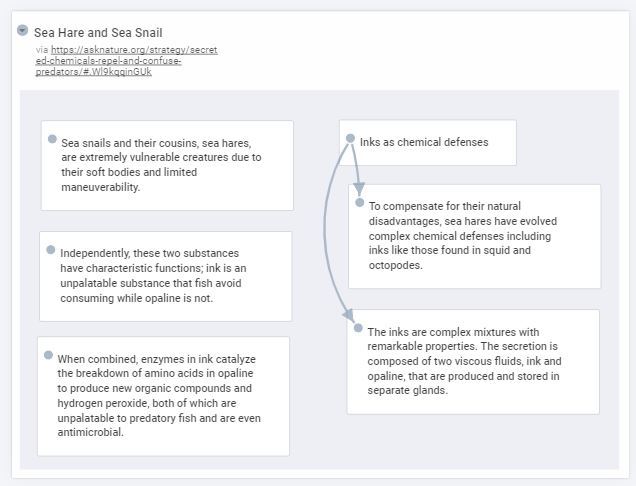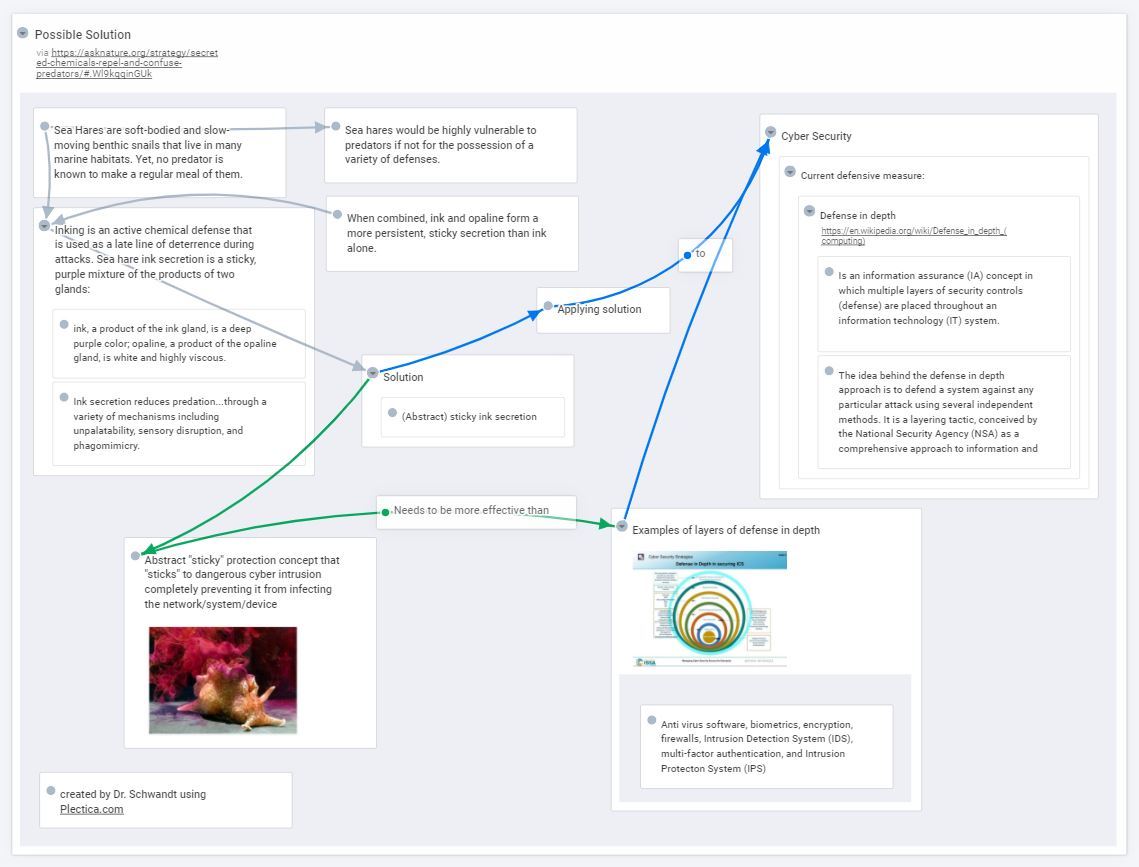Biomimicry (also known as Biomimetics) was coined by Otto Schmidt in the 1950s and describes the transfer of ideas and analogues from biology to technology. [1] It is the imitation of models, systems, and elements of nature for the purpose of solving complex human problems. Biomimetics and biomimicry derive from Ancient Greece: bios (life) and mimesis (mimetics) is imitation or to imitate.
Using nature to solve problems
Nature has already solved our problems for us. It is up to us to discover how. Nature is a fascinating source of inspiration. It demonstrates how every organism is unique and how it is able to adapt to its own environment. [2] Nature is able to respond to its own needs and find solutions that work. In doing so, nature evolves and lasts through countless generations. Furthermore, biomimicry can be applied to completely transform the way we operate, conduct business, and even communicate. Let’s take a look at how biomimicry can be applied on three levels: [3]
Run an organization like a redwood forest
Jay Harman writes in his book The Shark’s Paintbrush, that a business should be run like a redwood forest. Harman informs us that a mature forest is a fully self-sustaining producer of diversity and abundance. He says that, Essentially, we overwhelm and destroy our habitat. In her book Biomimicry, Janine Benyus outlines how we should run our company like that of a redwood forest. In the image below, I have outlined her thought process for running an organization like a redwood forest.
Benyus describes ten key ways to operate like a forest in order to create conditions conducive to further life.
Examples of biomimicry
Let’s take a brief look at some examples of biomimicry in action.
Gecko tape
The bullet train
Cement like corals
Passive cooling in buildings
Self-healing buildings
Harvesting fresh Water
A paradigm shift in how we think
Biomimicry offers us a unique way to see and solve problems. For example, by examining a forest, we find that a forest is actively communicating. Similar to how the internet operates, fungal connectivity is taking place between plants. Yet, like the internet, it is also susceptible to cyber-crime, terrorism, and even warfare. [4] So, why not examine cyber-crime by examining the threats of fungal connectivity? How could we do this? By using biomimicry as a problem-solving methodology. Let’s take a look at how this could be accomplished.
Biological strategies and inspired ideas
AskNature.org is a powerful and free resource to use to explore biomimicry. It offers a way to find biological strategies, inspiring ideas, and resources to problems using nature. For example, let’s say we want to find solutions to cyber security. By simply typing “cyber security” we are presented with unique strategies using nature to solve the problem (see image below). One such strategy is to look at how glands in Sea Hares secrete two compounds protecting the organism from predators by reacting together to create an unpalatable mixture of hydrogen peroxide and organic chemicals. Let’s take a quick look at how this could work with cyber security.
Step #1: Clearly define the challenge we are trying to solve
Improve cyber security vulnerabilities.
Step #2: Search for biological analogies and/or metaphors
Step #3: Determine whether the problem is related to form, function, or ecosystem
Form follows function (hence, form always comes before function). Think of form as the design of a building, where function is how we use the building.
Step #4: Ask what plant, Animal, or Natural Process solves a similar problem most effectively
Using AskNature.org I was able to find the following potential solution: Sea Hare or Sea Snail.
Step #5: Map-out the biological model
Step #6: Design a solution
Using an abstract len, we could potentially use the sticky ink secretion of a Sea Hare as a cyber security protection concept that sticks to dangerous cyber intrusion and completely prevents it from infecting the network/system/device. When we look to nature for solutions to contemporary problems, we find that biomimicry provides us a fascinating and unique way to truly improve everything around us. It offers us an opportunity to redesign everything in existence. In essence, biomimicry brings about answers because it forces us to ask the right questions.
